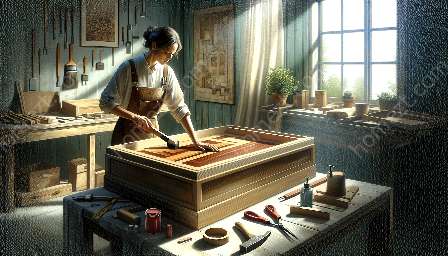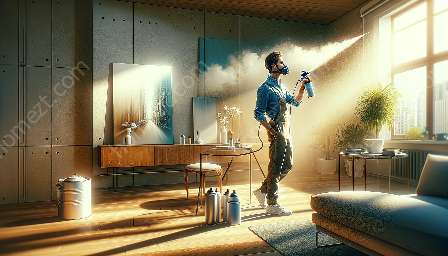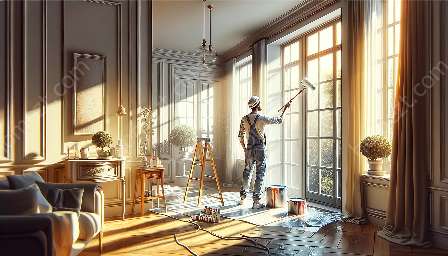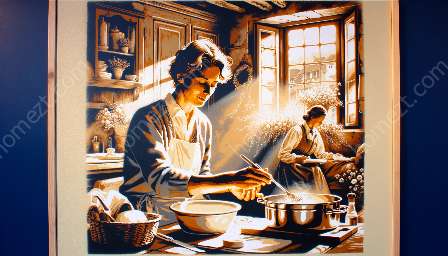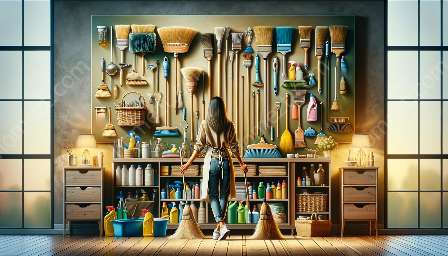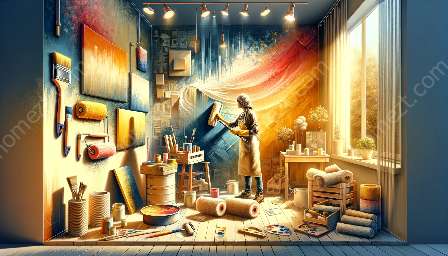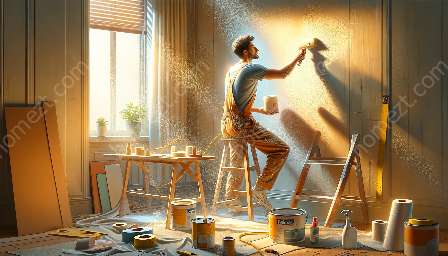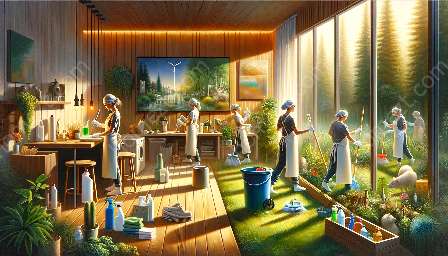Brush techniques are essential in the art of painting and can also be applied to domestic services, allowing for creativity and precision in home improvement. In this comprehensive guide, we'll explore the various brush techniques, their applications in both painting and domestic services, and how they can be used to elevate your skills and spaces.
The Art of Brush Techniques in Painting
Brush techniques play a significant role in the world of painting, allowing artists to convey emotions, textures, and depth through their work. Whether using acrylics, oils, watercolors, or other mediums, understanding and mastering brush techniques can make a substantial difference in the outcome of a painting.
Types of Brush Strokes
There are numerous brush strokes that artists can utilize to achieve different effects in their paintings. Some of the most common brush strokes include:
- Flat Brush Stroke: This stroke is achieved by using the full width of the brush and produces a wide, even mark on the canvas. It is often used for creating broad areas of color or background.
- Round Brush Stroke: This stroke is created with a round brush and is versatile, allowing artists to produce both thin lines and broader strokes with varying pressure.
- Scumbling: This brush technique involves applying a thin layer of paint over an existing layer to create a textured effect, often used in creating different textures in painting.
- Dry Brush Technique: By using a dry brush with a small amount of paint, artists can produce a scratchy, textured appearance on the canvas, often used for highlighting or adding detail.
Blending and Layering
Blending and layering are key brush techniques used to create smooth transitions between colors and build depth in a painting. These techniques involve gently mixing or overlaying colors with a brush to achieve a harmonious and realistic portrayal of light and shadow.
Applying Brush Techniques to Domestic Services
Beyond the realm of art, brush techniques can also be applied to domestic services, particularly in the context of home improvement and decoration. From painting walls to refinishing furniture, understanding and applying brush techniques can significantly enhance the quality and aesthetics of domestic spaces.
Precision and Detailing
When it comes to applying paint to walls, furniture, or other surfaces, mastering brush techniques allows for precise and detailed application. This is crucial in achieving a professional and polished finish, whether it's a single wall or an entire room makeover.
Decorative Effects
Brush techniques can also be utilized to create decorative effects in domestic settings. From faux finishes to intricate patterns, skilled brushwork can transform mundane surfaces into visually appealing focal points within a home.
Maintenance and Restoration
In addition to painting, brush techniques play a role in the maintenance and restoration of domestic items and fixtures. Whether it's touch-up painting, refinishing woodwork, or applying protective coatings, the right brush techniques are essential for preserving and enhancing the appearance and longevity of various household elements.
Conclusion
Brush techniques are not only fundamental in the world of painting but also hold significant relevance in the realm of domestic services. By mastering the art of brush techniques, one can explore boundless creative possibilities in both artistic and practical endeavors, ultimately transforming spaces and leaving a lasting impression.



